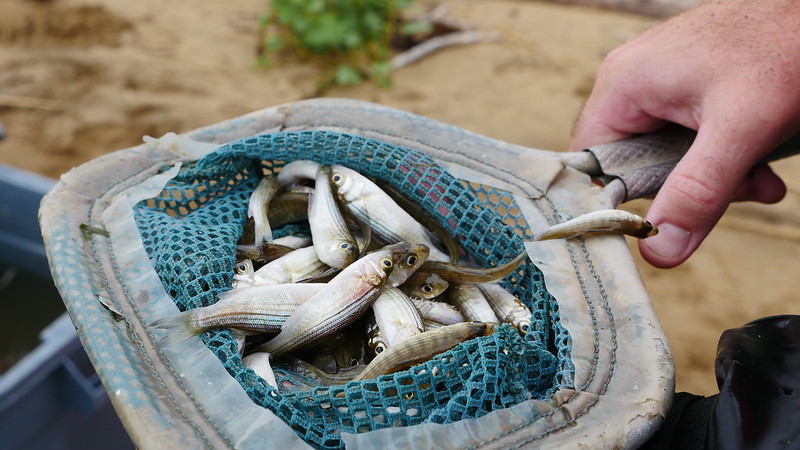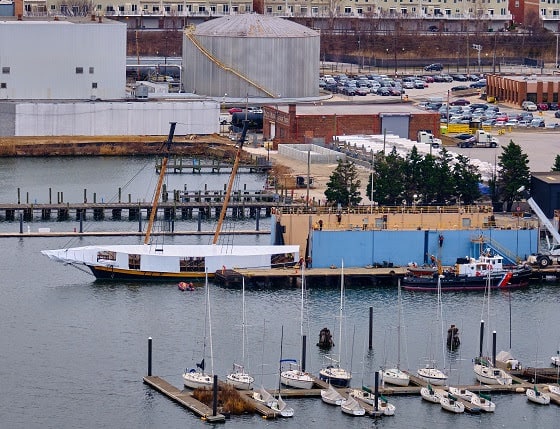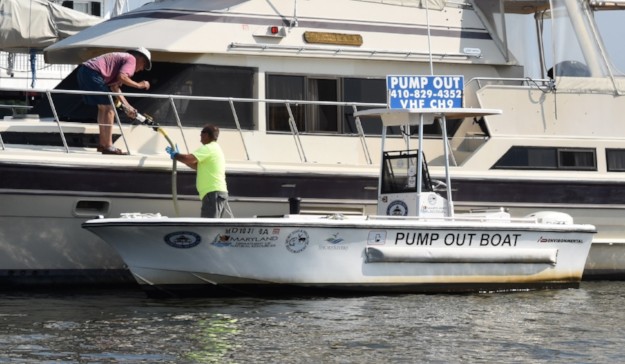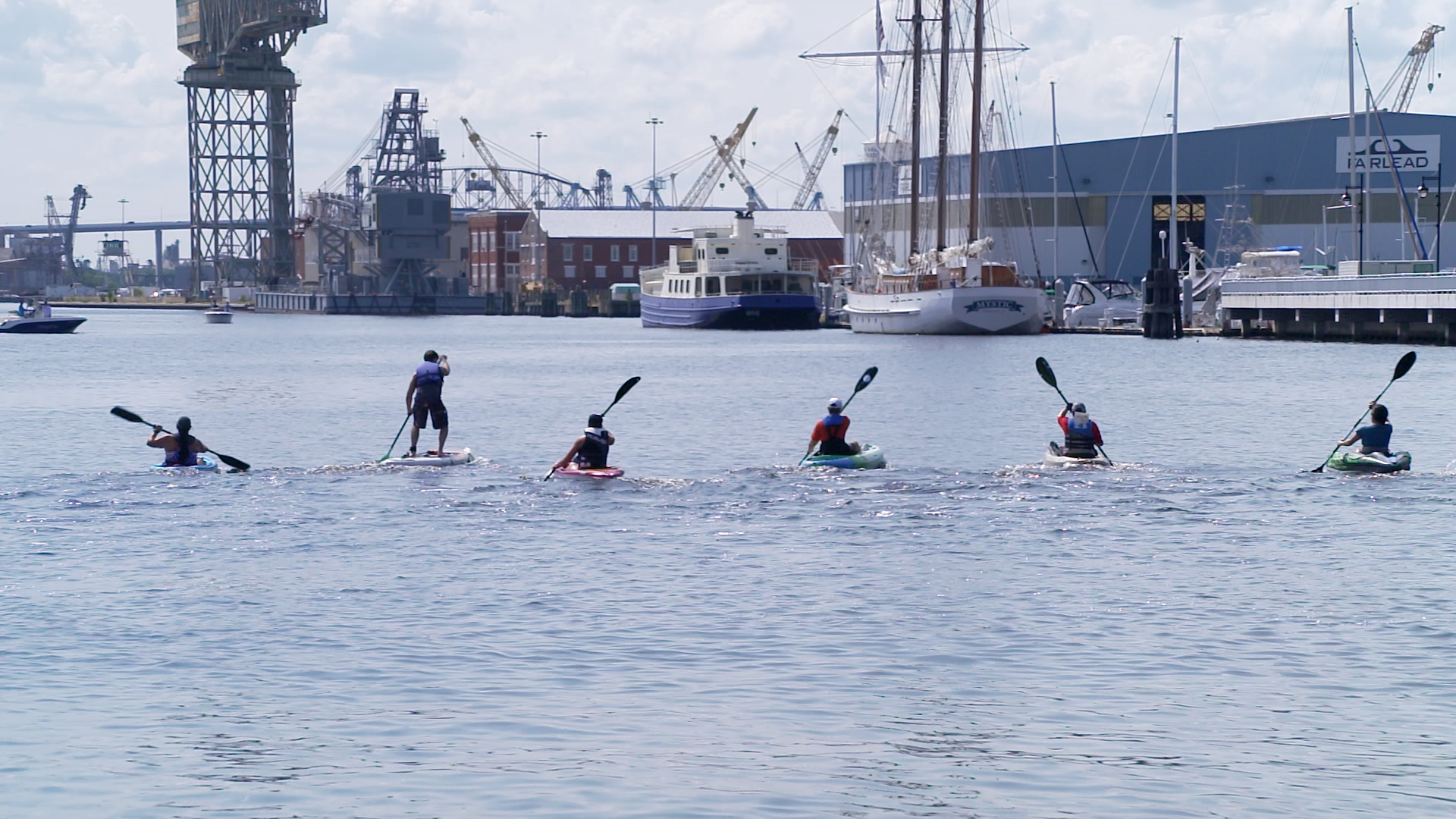Maryland’s juvenile striped bass survey finds rockfish reproduction is below average for the third year in a row, continuing a worrisome trend. Virginia’s survey, meanwhile, shows a nine-year streak of average or above-average reproduction.
Both states conduct surveys of young-of-year striped bass to track reproductive success of the Bay’s treasured fish. The Maryland Department of Natural Resources (DNR) reports an index of 3.2 in the 2021 survey, which remains well below the long-term average of 11.4.
DNR is optimistic, saying in a press release, “The coastal striped bass population has decreased in size, but is still capable of strong reproduction with the right environmental conditions. Variable spawning success is a well-known characteristic of the species.”
They do acknowledge that the below-average numbers “are a concern”. In 2019 the Atlantic States Marine Fisheries Commission (ASMFC) determined the striped bass species was being overfished, and set new limits for East Coast states to follow. Still, some environmental groups and even anglers feel that states like Maryland should be doing more.
Chesapeake Bay Foundation Maryland Senior Fisheries Scientist Allison Colden says in a statement:
“With the third year in a row of below average striped bass recruitment, we cannot continue to ignore this troubling trend. Progress must be made to reduce mortality, protect spawning striped bass, and safeguard the above average 2015 cohort of fish that will soon enter the fishery. We also must double down on our efforts to prevent pollutants from reaching the Chesapeake Bay, which exacerbate dead zones that contribute to greater striped bass mortality.”
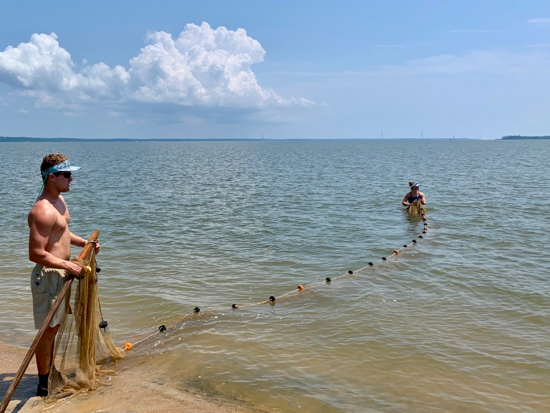
In both Maryland and Virginia, biologists use beach seine nets in striped bass spawning areas on the Bay. In Maryland, it’s the Choptank, Nanticoke, and Potomac rivers along with the upper Chesapeake Bay. In Virginia, it’s the Rappahannock, James, and York riversheds. The young of year index is the average number of juvenile fish counted per seine haul.
In Virginia, the index was 6.3, similar to the historic average of 7.77. The Virginia Institute of Marine Science, which conducts the survey, says this indictes the abundance of juvenile rockfish has been relatively stable.
The 2021 young of year represents the fish that hatched this spring and will grow to fishable size in three to four years.
Striped bass represent the Bay’s most popular and lucrative recreational fishery, and also play an important role as a top predator in the Chesapeake Bay ecosystem. Profession Mary Fabrizio, who runs the VIMS survey, points out that the economic and ecological value of striped bass lends significant interest to the year-to-year status of their population.
The surveys were released just days before ASMFC holds its fall meeting, and on Wednesday the Atlantic Striped Bass Management Board will consider possible fishery management changes. Bay Bulletin will bring you any significant updates.
-Meg Walburn Viviano

